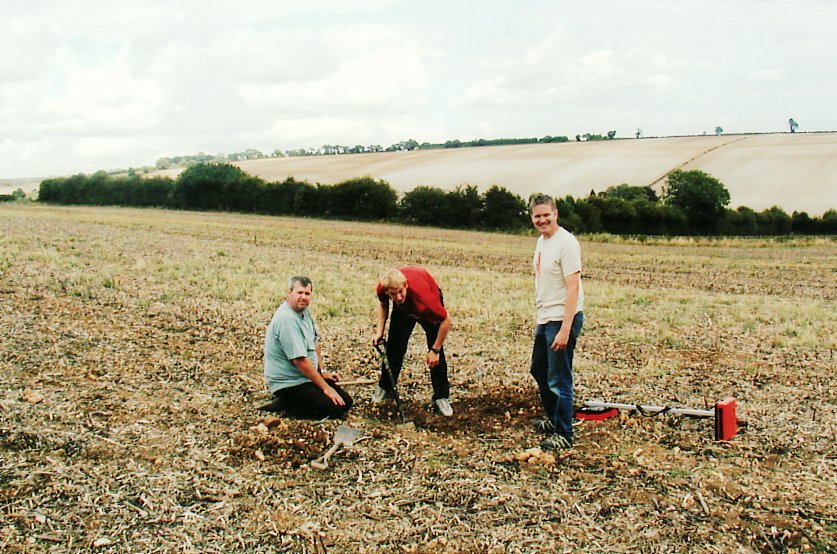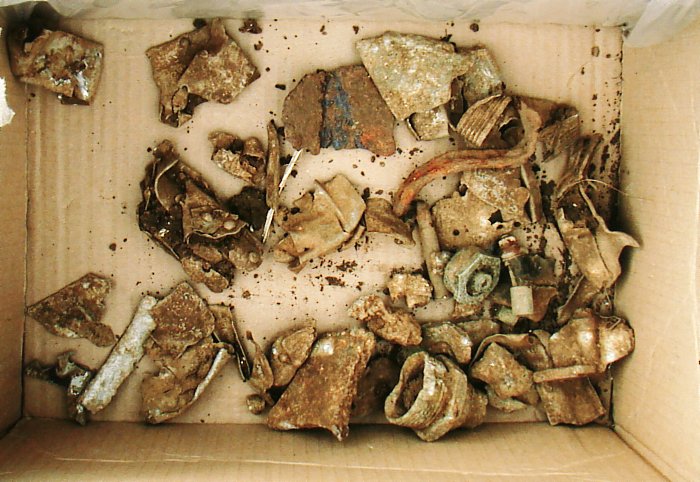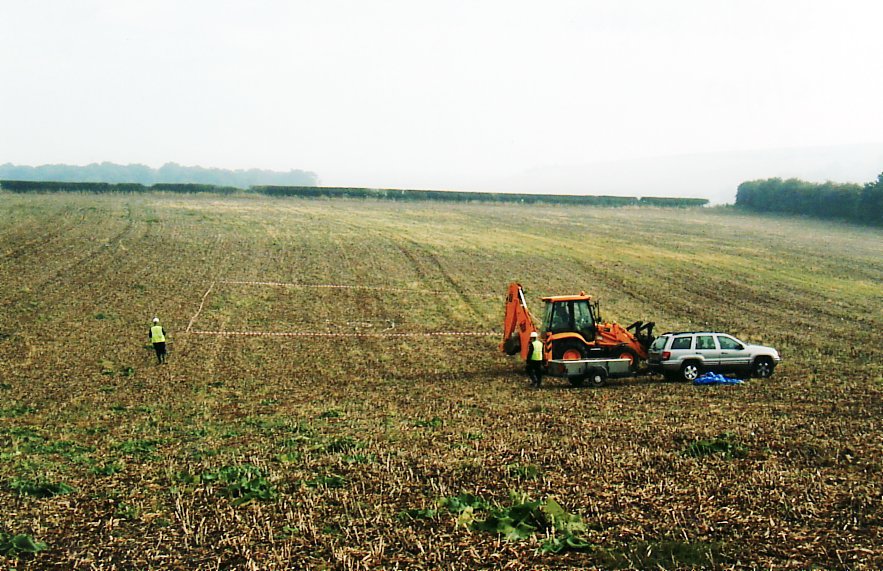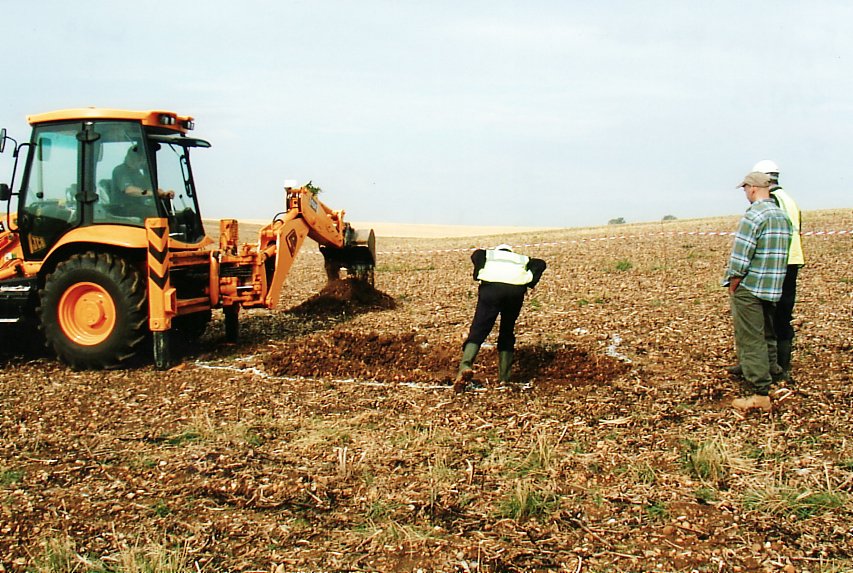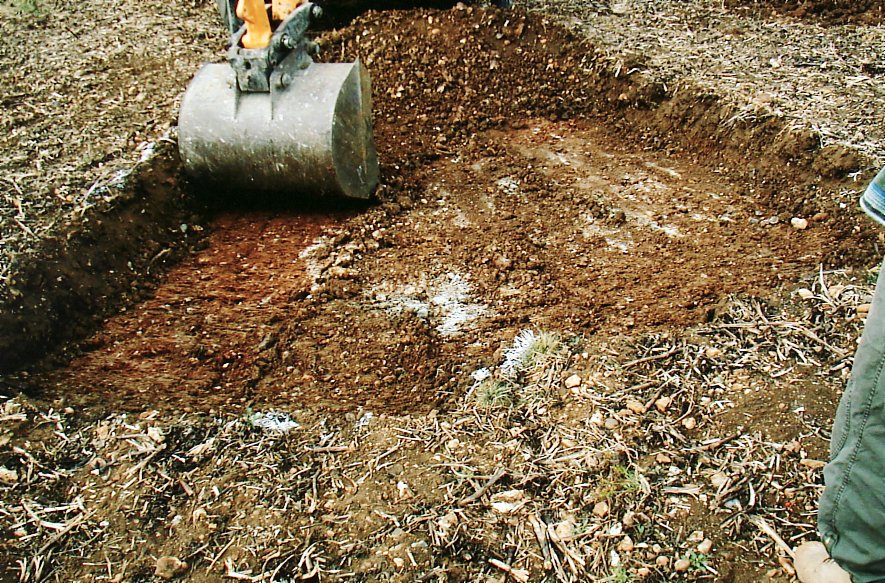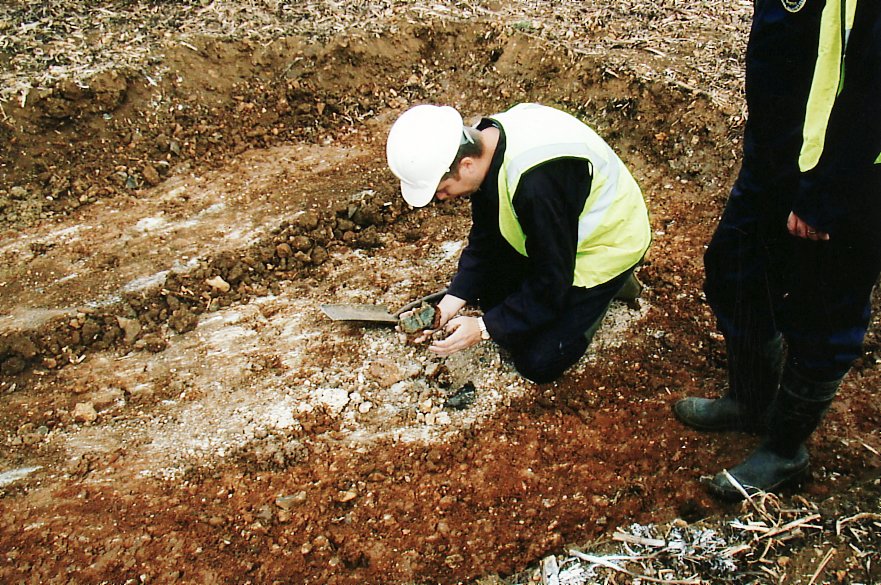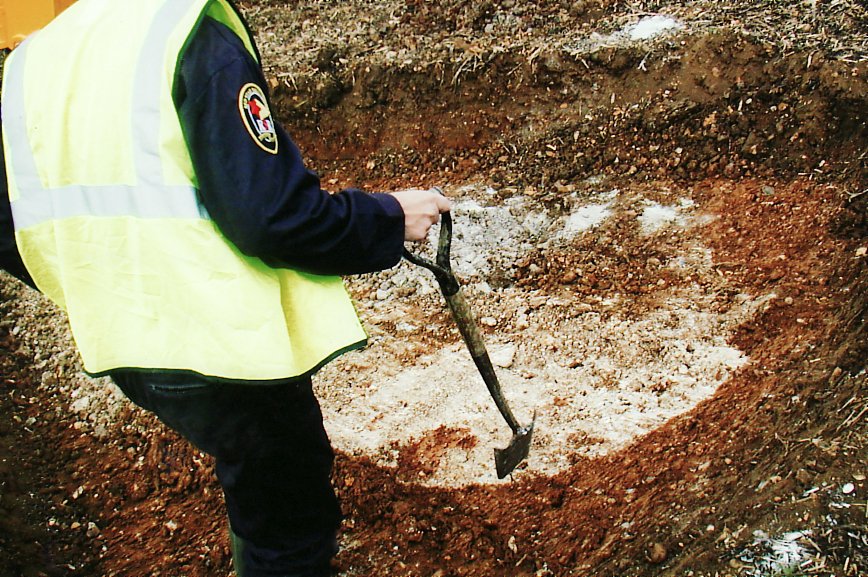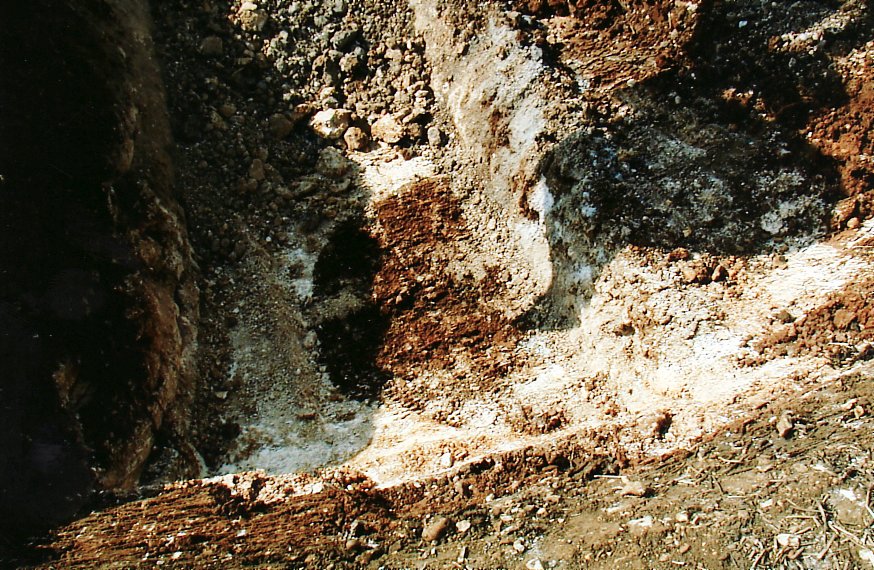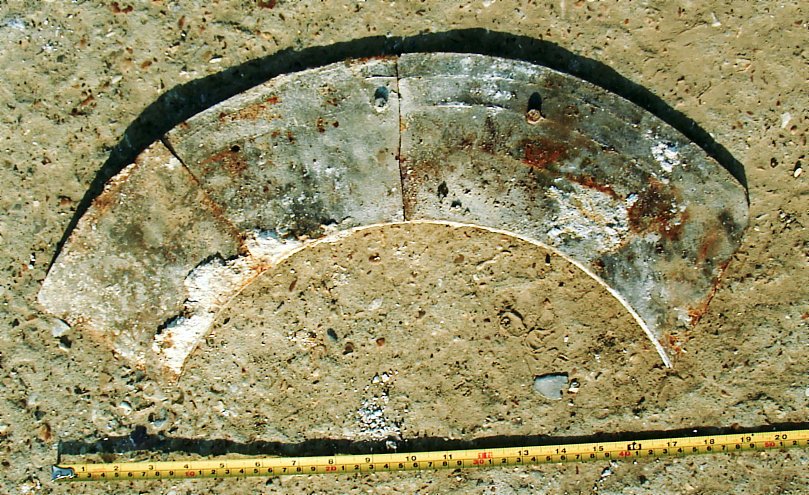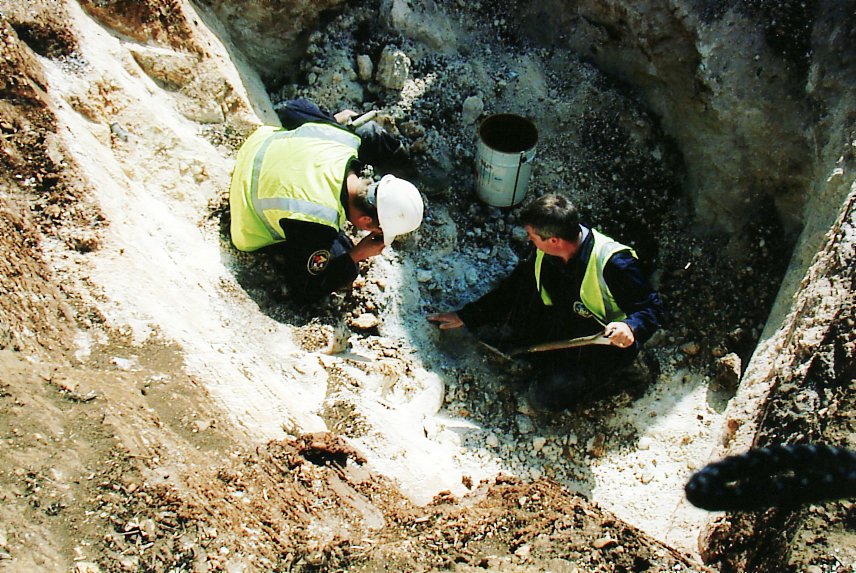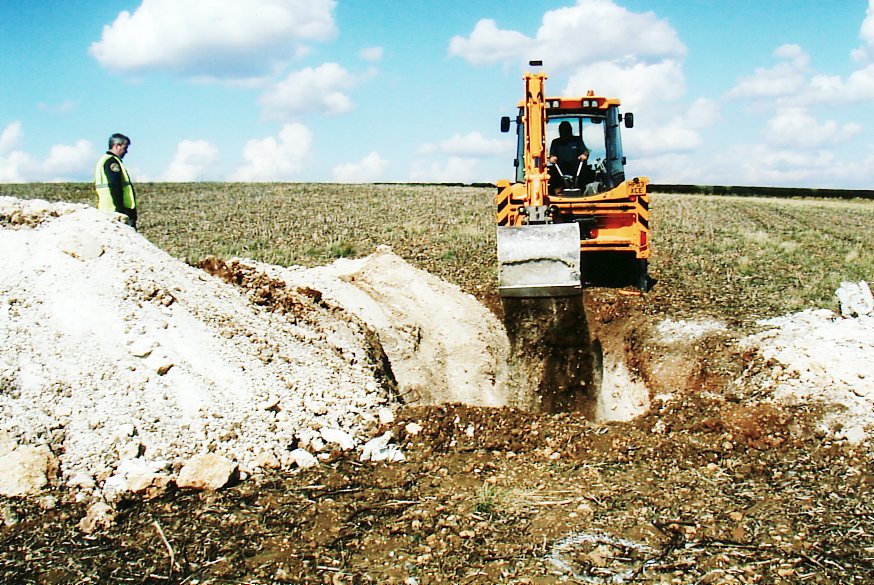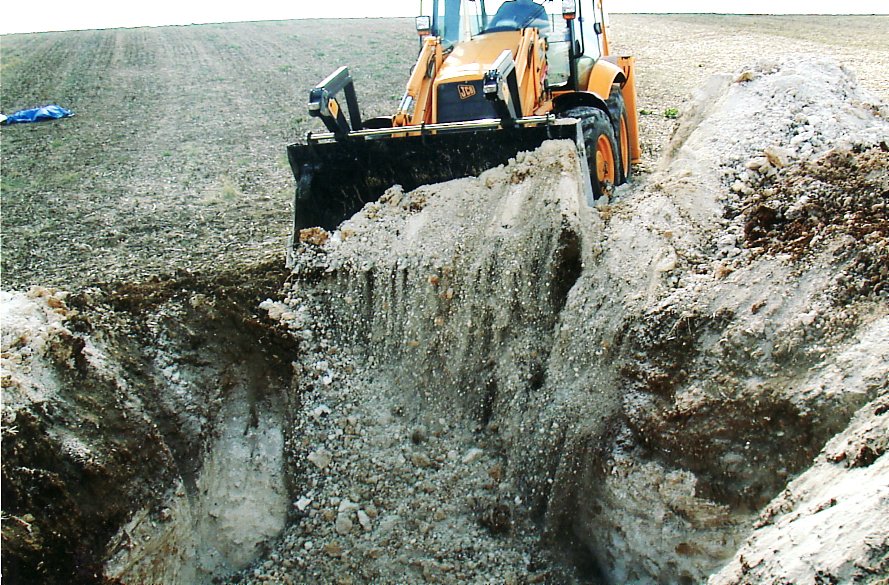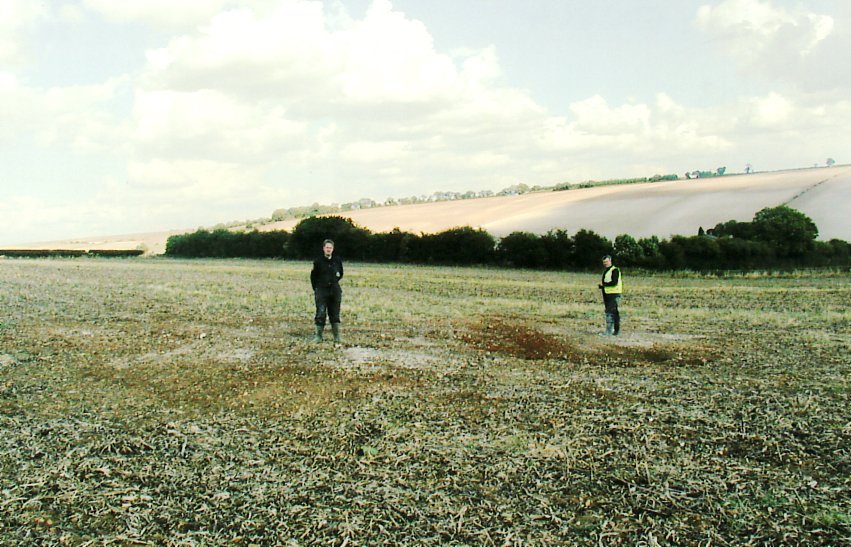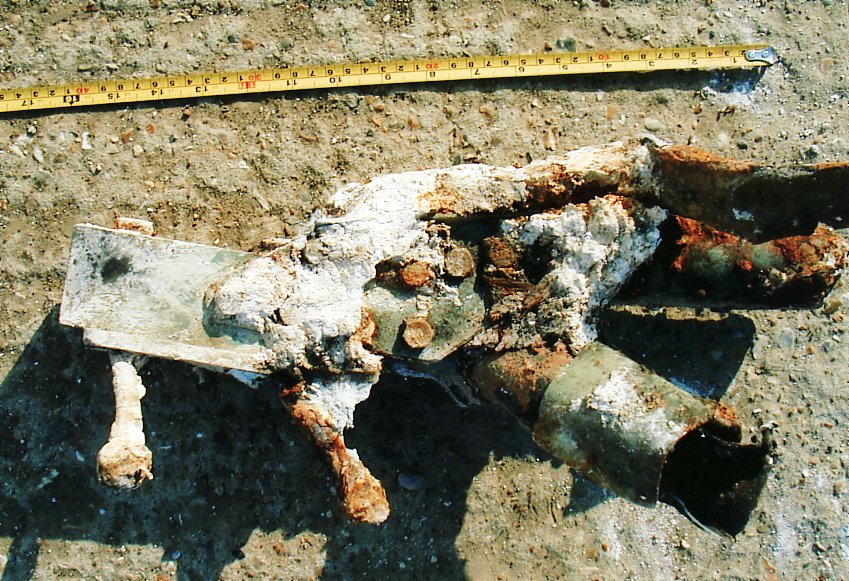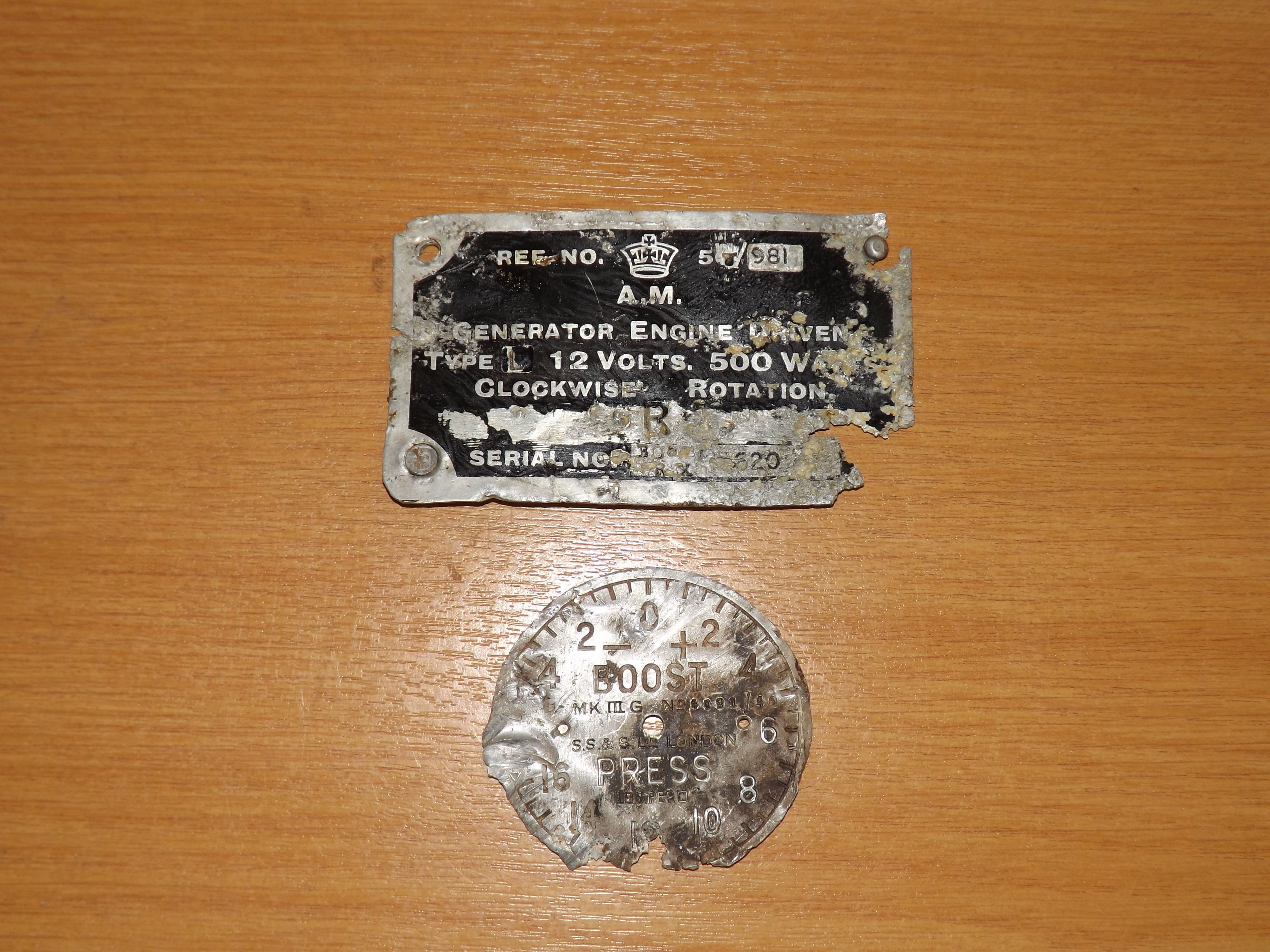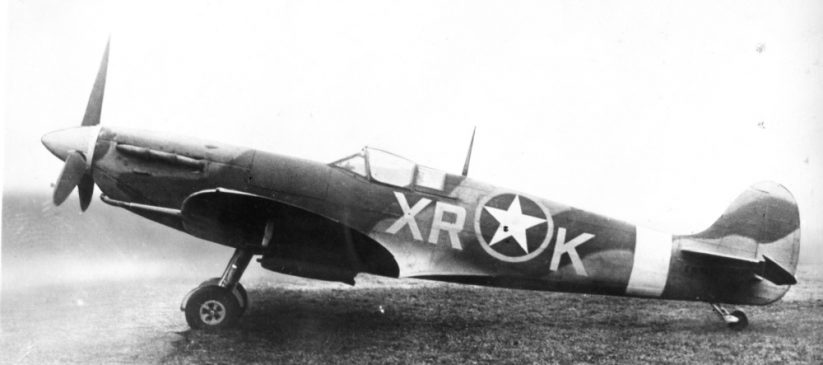
Details:
- Aircraft: Spitfire Vb EN864
- Pilot: Cpt. Hal Conner
- 107th Observation Squadron, 67th Observation Group, US 8th Air Force
- Lost: 22 May 1943
- Location: Great Shefford Berkshire
Background information:
The weather on the afternoon of 22nd May 1943 was fairly typical for late spring, overcast skies and scattered showers.
Captain Hal Conner had taken off at 15.40 from USAAF Station Membury in his Spitfire Mk Vb Serial Number EN864 on a local training mission.
He had been in the air for approximately 30 minutes and was climbing through cloud. Just as he emerged from the cloud, at about 2,700 ft., the engine instantaneously cut out, although the propeller continued to “windmill”.
Captain Conner tried several times to restart the engine which was by this time now emitting black smoke. His Spitfire started to loose altitude, and, as the engine was still refusing to respond, Conner decided to bale out and he landed safely by parachute in a field about one mile north-west of Great Shefford. EN864 hit the ground about a half-a-mile north-east of the same village and was completely destroyed.
Pilot’s account of what happened:
Instrument readings at the time the engine cut out were:
- Air Speed – 160
- Rate of Climb – 500 feet per minute
- Tachometer – 2400 rpm
- Manifold Pressure – plus 2 boost
- Coolant Temp – 90 degrees
- Oil Temp – 55 degrees
- Oil Pressure – 85lbs.
The engine throughout the climb seemed normal although it did not seem I was getting enough climb for the setting I had.
When the engine cut out it did so instantaneously without any warning. It was as though the switches had been cut. Black smoke emitted from the engine. I kept the ship in a climbing attitude, not wanting to aggravate the condition by pushing forward on the stick.
Pilot tried to get the engine to pick up in the following manner. I opened the throttle clear open in a firm steady manor and then closed it. I repeated this several times and finally left the throttle in about one-third open position. The Air Speed was about 100 mph so I pushed forward on the stick. I baled out at approximately 1500 ft.
Eyewitness accounts:
“I was at Great Shefford at the time of the accident, about 4.15 pm on the 22nd of May 1943. The ceiling at this time was about 1,500 ft. I could not see the plane for it was either in or above cloud. I heard the engine splutter about twice and then cut out completely. A few seconds later it came diving through the cloud at about 45 degrees and crashed into a field a little north of Great Shefford. Approximately four minutes later the pilot appeared descending by parachute through the cloud”.
An account of the crash given to the authorities at the time by an R. Langford, then living at No. 6 Council Houses, Wantage Road, Great Shefford.
A local rumour, stated by witnesses to the recovery by the USAAF shortly after the accident, says that cables were hooked onto the back of the engine with a jib trying to pull it out of the crater. It was thought that the jib broke and they decided to give up and back fill the hole, leaving the Merlin in the ground.
Previous service history:
Spitfire Vb EN864 had earlier served with the 31st Fighter Group at Atcham and on 20th June 1942 with the 309th Fighter Group at High Ercall. On 24th October 1942 EN864 was transferred to the 4th Fighter Group at Debden and later to the 336th Fighter Group, where on 23rd November 1942 EN864 was involved in an accident. After repair EN864 was sent to the 67th Observation Group at Membury from where it flew on its last flight on 22nd May 1943.
Excavation of Spitfire Vb EN864
6th September 2003:
After an extensive search with surface detectors, the Wings Museum investigation team began to home in on the impact point.
Further work with a magnetometer revealed a deep reading which was marked out on the ground in white paint.
As a JCB stripped back the soil layer by layer, the team spotted the first telltale signs of EN864 in the form of corroded aluminium, a blue/white powder.
As the the soil was stripped back a few pieces of shattered laminated wood propeller were discovered, a good sign we were digging in the right place.
Finds were relatively sparse apart from a ‘boost’ instrument face and a section of canopy frame, until an engine Generator with an ‘Air Ministry’ plate was found at a depth of about 5 ft.
Several pieces of engine bearer were also recovered.
Then we found a rusty piece of steel cable tied in a loop, and upon close inspection the cable appeared to be broken, which fitted in with the local rumour. This steel cable was most likely thrown in the crater by the 1943 recovery team.
Our hopes for finding a complete engine began to fade and it was very clear to the team that a lot of the wreckage had been cleared away in 1943.
Finally, at a depth of 10ft, the prop boss was found at a 45 degree angle embedded in the chalk.
With no further deep readings, this concluded the dig for EN864.
The team was slightly disappointed, but, nevertheless, some interesting finds were discovered from this rare US Army Air Force Spitfire.
